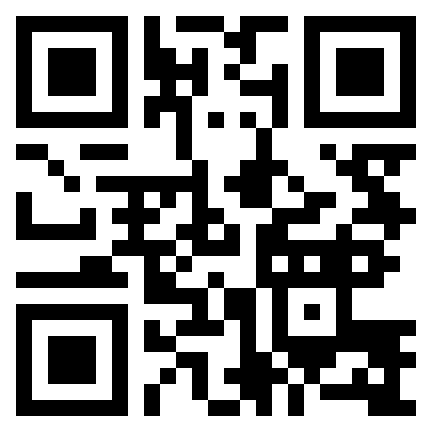World Coronavirus Dashboard
• Safe Food Handling
UPDATE 30 MARCH 2020 - WA Post reports "President Trump on Sunday extended the social distancing guidance until the end of April. He agreed “right away” to the extension after his task force presented him with data that showed the coronavirus could cause between 100,000 and 200,000 U.S. deaths even with the current guidelines in place, according to Anthony S. Fauci, the nation’s top infectious diseases expert."
UPDATE 28 MARCH 2020 - WA Post reports more than 100,000 people in the United States have tested positive for the coronavirus, a world-topping caseload that has increased tenfold in the past week and a half, and that many experts predict will continue to rise for weeks or months. The actual number of infections is almost certainly much larger because only a fraction of 1 percent of Americans have been tested, far behind countries such as South Korea and Italy.
ORIGINAL POST 4 MARCH 2020 - The Washington Department of Health (DOH) continues to report that the immediate risk of illness from the new coronavirus known as COVID-19 remains relatively low at this time. Even so, the potential public health threat posed by COVID-19 is high, both to the U.S., and globally.
The state’s Health Department continues to update the current risk and provides an overall assessment of the situation in our state, including the number of confirmed deaths and the number of people under public health supervision.
Get more details
here
DOH has also established a call center to address questions from the public. If you have questions about what is happening in Washington, how the virus is spread, and what to do if you have symptoms, call 1-800-525-0127 and press #. Note: The DOH coronavirus hotline is experiencing high traffic and may be temporarily unavailable.
Health tips
There are steps people can take to reduce their risk of getting and spreading any viral respiratory infections. We encourage you to share these tips with your staff and students.
Health tips include:
- Wash your hands often with soap and water for at least 20 seconds. Use an alcohol-based hand sanitizer that contains at least 60% alcohol if soap and water are not available.
- Avoid touching your eyes, nose or mouth with unwashed hands.
- Avoid close contact with people who are sick.
- Cover your mouth and nose with a tissue when you cough or sneeze, then throw the tissue in the trash and wash your hands.
- Clean and disinfect objects and surfaces.
- Stay at home and away from others if you are feeling ill.
For your convenience, we have attached a one-page handout from the Centers for Disease Control and Prevention that illustrates, with pictures, how to stop the spread of germs.





